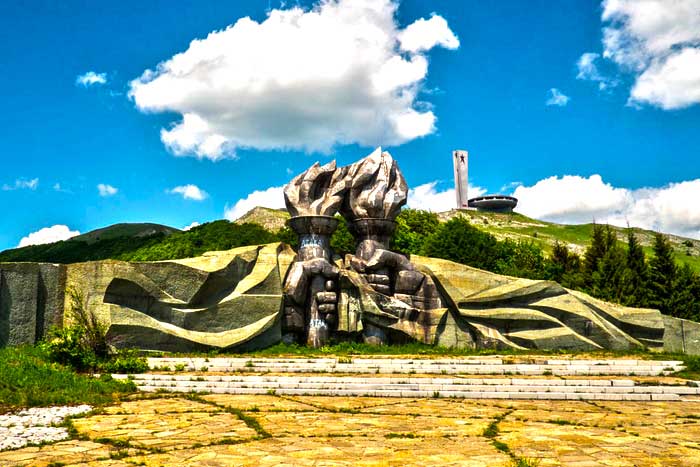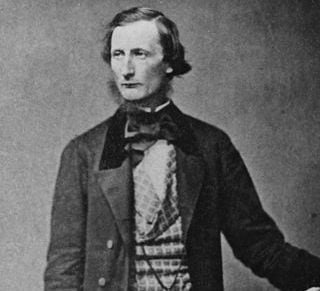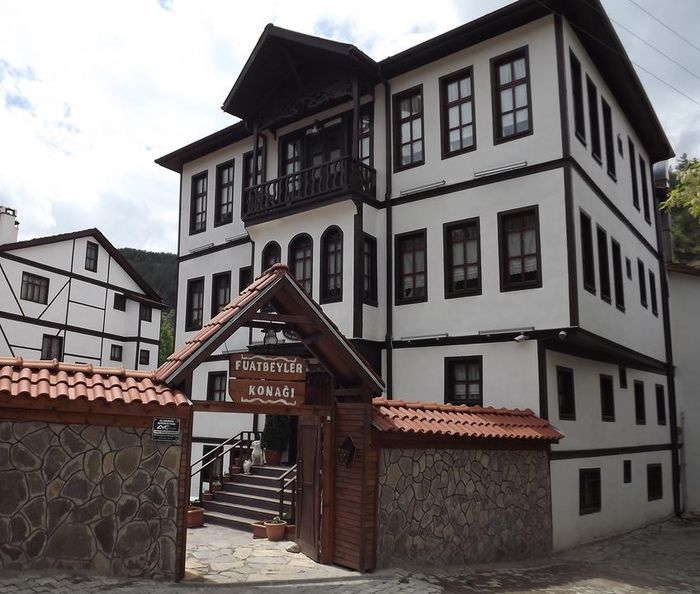Long before the outbreak in the eighth century there were isolated cases of persons who feared the ever-growing cult of images and saw in it danger of a return to the old idolatry. We need hardly quote in this connection the invectives of the Apostolic Fathers against idols (Athenagoras A Plea for the Christians 15-17; Theophilus, “Ad Autolycum” II; Minucius Felix, “Octavius”, xxvii; Arnobius, “Disp. adv. Gentes”; Tertullian, “De Idololatria”, I; Cyprian, “De idolorum vanitate”), in which they denounce not only the worship but even the manufacture and possession of such images. These texts all regard idols, that is, images made to be adored. But canon xxxvi of the Synod of Elvira is important.
This was a general synod of the Church of Spain held, apparently about the year 300, in a city near Granada. It made many severe laws against Christians who relapsed into idolatry, heresy, or sins against the Sixth Commandment. The canon reads: “It is ordained (Placuit) that Pictures are not to be in churches, so that that which is worshipped and adored shall not be painted on walls.” The meaning of the canon has been much discussed. Some have thought it was only a precaution against possible profanation by pagans who might go into a church.
Eusebius of Caesarea
Others see in it a law against pictures on principle. In any case the canon can have produced but a slight effect even in Spain, where there were holy pictures in the fourth century as in other countries. But it is interesting to see that just at the end of the first period there were some bishops who disapproved of the growing cult of images. Eusebius of Caesarea (d. 340), the Father of Church History, must be counted among the enemies of icons. In several places in his history he shows his dislike of them. They are a “heathen custom” (ethnike synetheia Church History VII.18); he wrote many arguments to persuade Constantine’s sister Constantia not to keep a statue of our Lord (see Mansi XIII, 169). A contemporary bishop, Asterius of Amasia, also tried to oppose the spreading tendency. In a sermon on the parable of the rich man and Lazarus he says: “Do not Paint pictures of Christ he humbled himself enough by becoming man.” (Combefis, “Auctar. nov.”, I, “Hom. iv in Div. et Laz.”).
Read More about Norman West part 14








